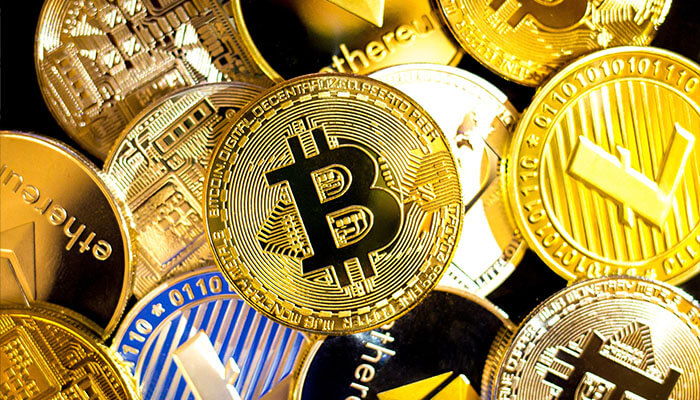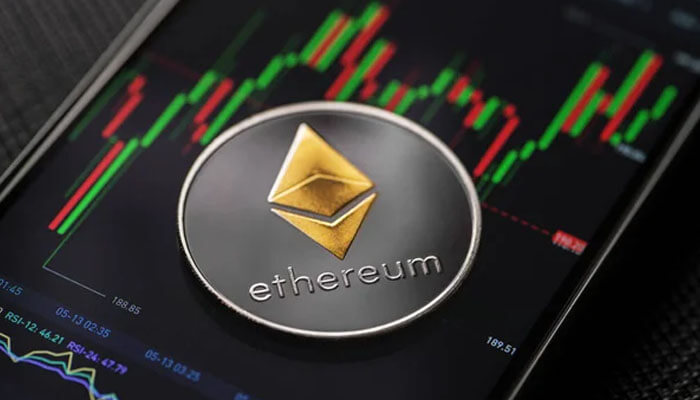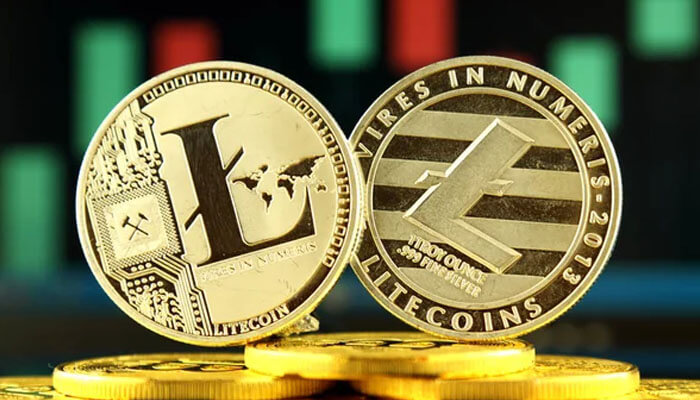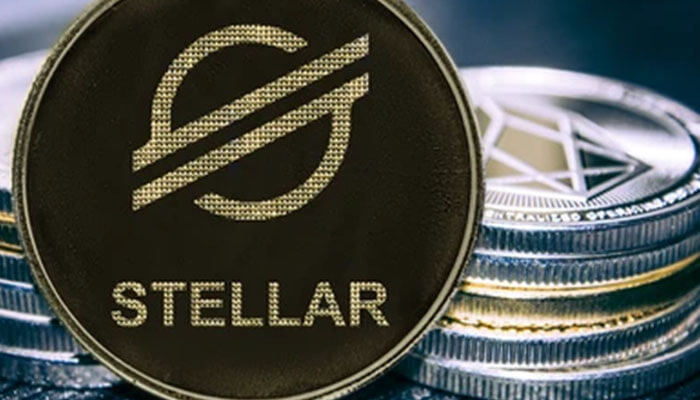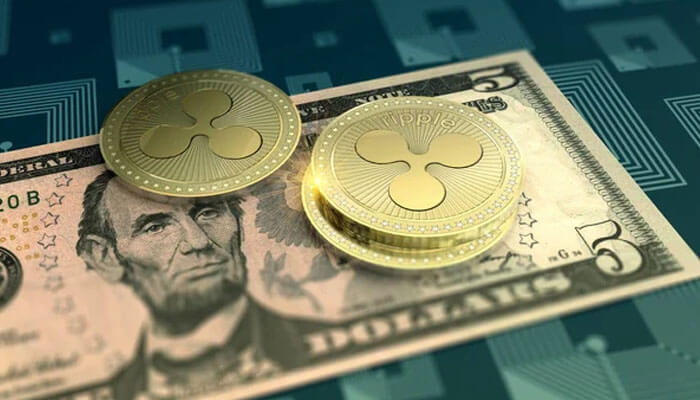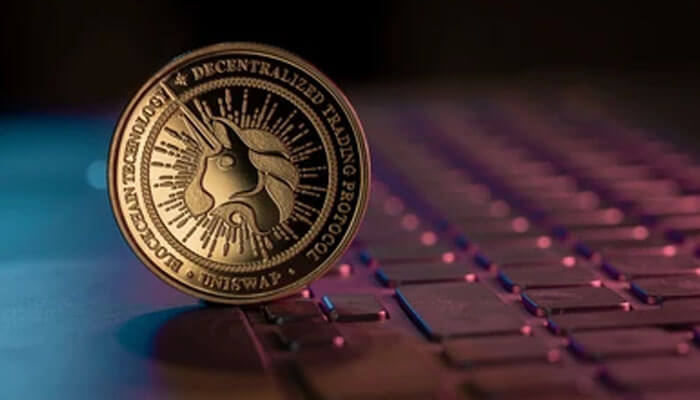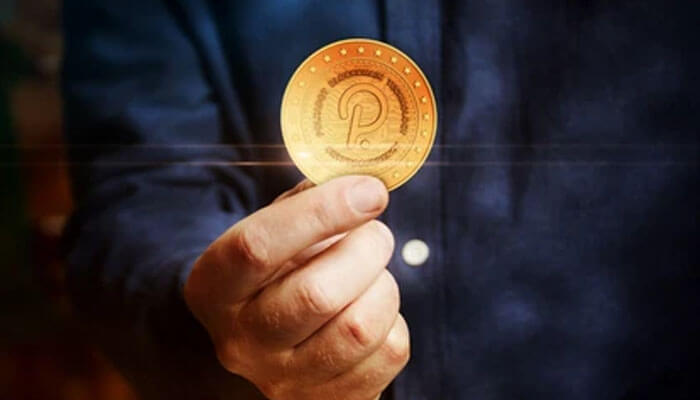Shortly after Bitcoin’s (BTC) creation, Overview of Altcoins appeared to provide an alternative to Bitcoin. Nearly 80% of the cryptocurrency market is now held in altcoins. In addition, there are approximately 5,000 alternative cryptocurrencies in use today. However, the risk associated with purchasing altcoins is higher than that of more established digital currencies like Bitcoin and Ethereum (ETH). The information below might serve as a primer for anyone buying and selling altcoin cryptocurrencies. For more details about trading software click here.
Defining Altcoin
The term altcoin refers to many alternative coins. Numerous other digital currencies have entered the market since Bitcoin’s introduction in 2009, and more appear practically daily. By incorporating new privacy mechanisms, functions, and supply schedules, these Bitcoin forks began to further separate themselves from the Bitcoin consensus mechanism.
Here are some popular altcoins.
Ethereum (ETH)
Ethereum’s market valuation is second only to Bitcoin’s, making it the largest alternative cryptocurrency. Due to its potential for steady prices, many investors no longer consider it an altcoin. It is comparable to Bitcoin and has drawn a lot of admirers since it is more risk-adjusted than other cryptocurrencies. Decentralized finance (DeFi) and the unique financial instruments it spawned emerged partly because Ethereum was the first blockchain to debut with smart contracts.
Litecoin (LTC)
Litecoin uses a different hashing algorithm (Scrypt) and a quicker block processing speed than Bitcoin, allowing it to produce four times as much currency as Bitcoin. Yet, it has been disregarded as a redundant (and ultimately useless) Bitcoin fork.
Stellar (XLM)
Stellar is a cryptocurrency that prioritizes inter-country financial transactions. Stellar uses DLT to facilitate cross-border cryptocurrency trading and fiat currency conversion.
Ripple (XRP)
Ripple is a popular cryptocurrency exchange (XRP). Also, unlike Bitcoin’s typical proof-of-work (PoW) mining procedure, the consensus mechanism used by this popular cryptocurrency is entirely different.
Uniswap (UNI)
Uniswap employs the Ethereum ERC-20 algorithm, which is built into the system.
Polkadot (DOT)
The Ethereum co-founder Dr Gavin Wood created the Polkadot (DOT) network. Like Cardano, Polkadot’s blockchain has a lot of potential because it’s built on peer-to-peer research. Unlike Cardano, which deploys its test net on its blockchain, Polkadot first tests its new features on the Kusama network.
How to buy altcoins?
While the processes required to acquire cryptocurrency may vary significantly among exchanges, they are generally all rather simple. Exchanges are reputable for newbies as they safeguard clients from theft, while investors usually may opt to acquire altcoins directly from owners.
1. Decide the amount of money you wish to put into the venture.
Many altcoin cryptocurrencies are still in the experimental phase, and numerous teams have coined a new currency, then vanished after releasing all of their supply in a rug pull. Consequently, a high number of blockchain ventures fail.
2. Pick a trading market.
If a trader has gathered a large quantity of cryptocurrency, he or she will want to know which altcoin exchanges support that cryptocurrency. Because of the great liquidity and low incidence of fraud on prominent exchanges, they are ideal for new purchasers. As soon as a user chooses a trading pair, coin trading may commence.
3. Choosing a Currency Pair
Next, alternative currencies are sent from a Web 3.0 wallet to the trading platform. The user can increase the likelihood of making a profitable transaction by first observing the trends and performance of the currency pair during the prior month or a few weeks.
4. Complete the trade.
It is time to execute if the user is confident in the market and the trade’s potential. If this is your first time trading, you should take some time to familiarize yourself with the order system before placing an order to purchase the cryptocurrency of your choice on the exchange.
Crypto Trader’s core values and goals informed the creation of the trading platform available at https://crypto-trader.cloud/. You can use this platform to craft a trading strategy that will allow you to profit from price fluctuations in the cryptocurrency market by purchasing tokens at a discount and selling them at a higher price.
Conclusion
A user’s decision to invest in altcoins is conditional on several criteria, such as the nature of the transaction, the user’s level of risk tolerance, and others. Remember that altcoin values are still highly correlated to Bitcoin’s (BTC), meaning their ups and downs mirror BTC’s (after ETH). Users should still take care when deciding on a cryptocurrency to invest in.


